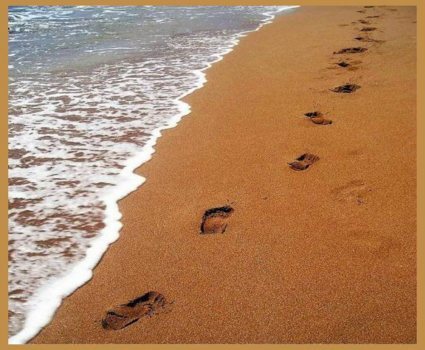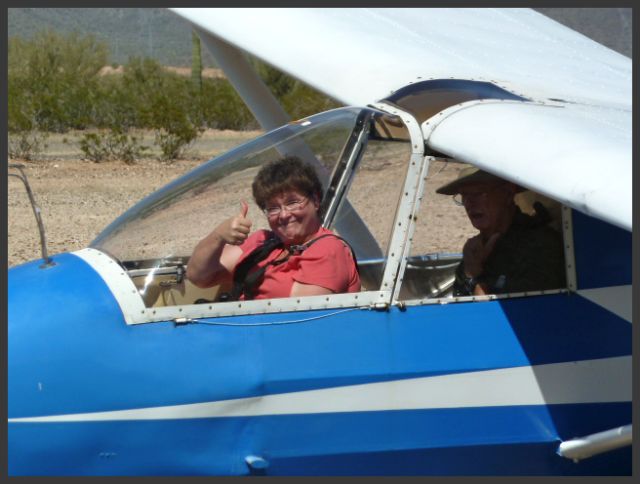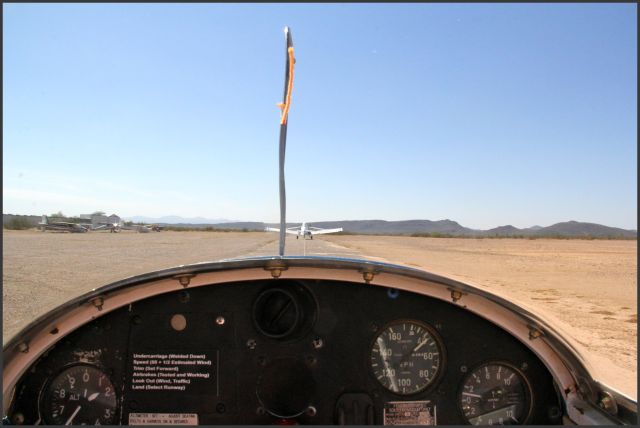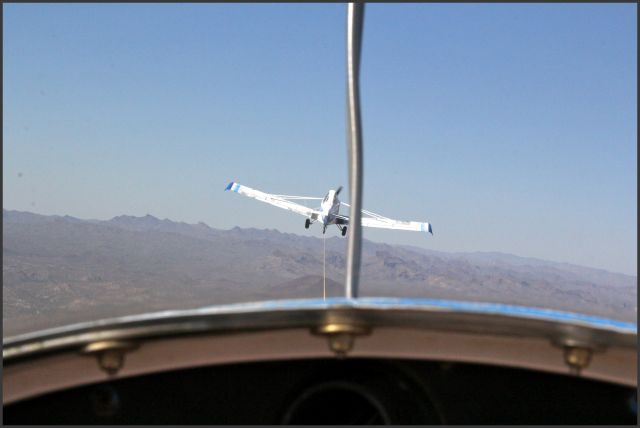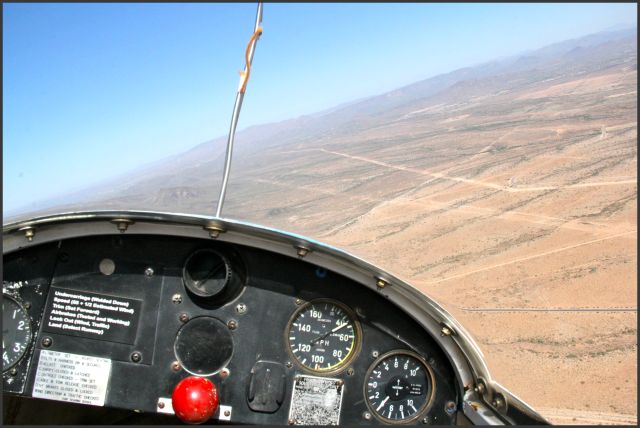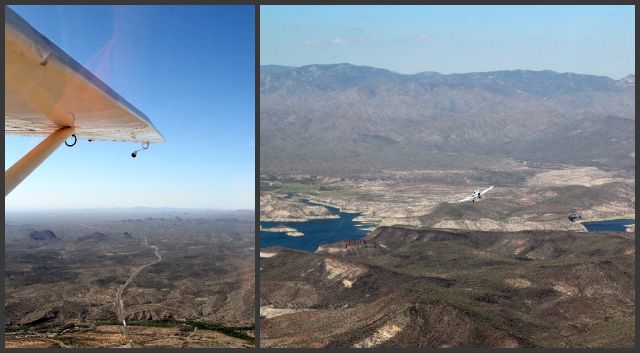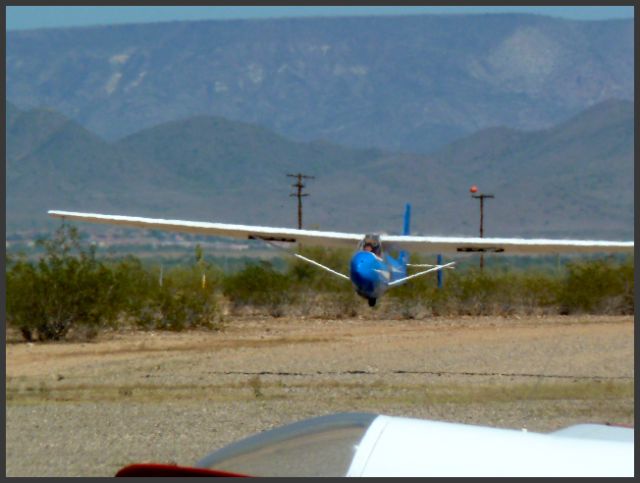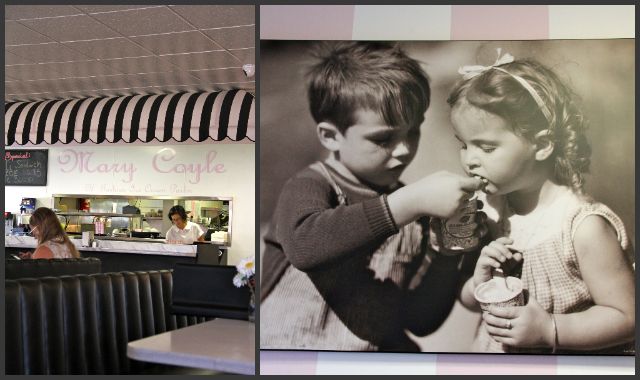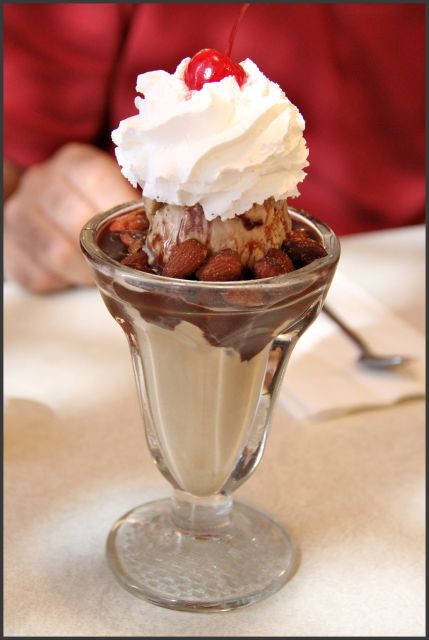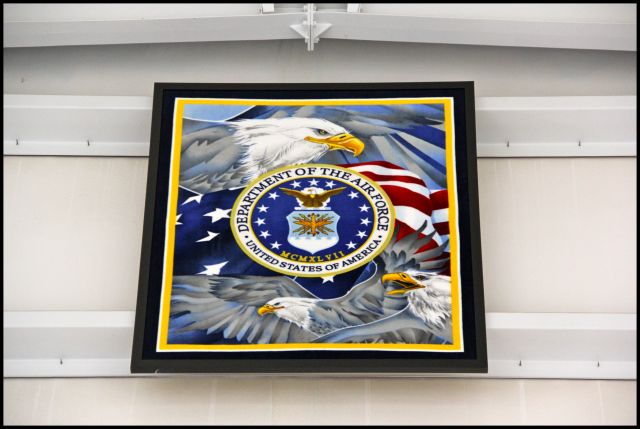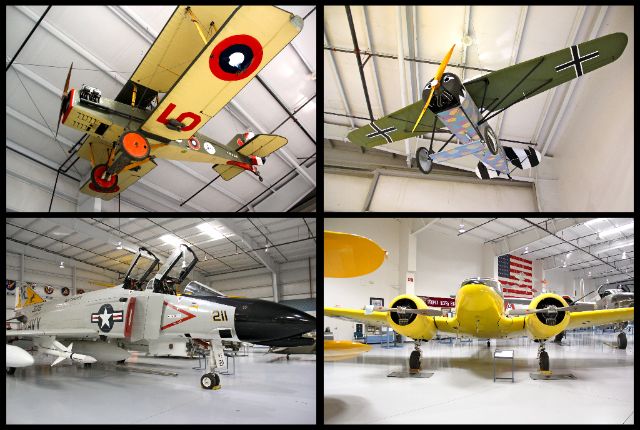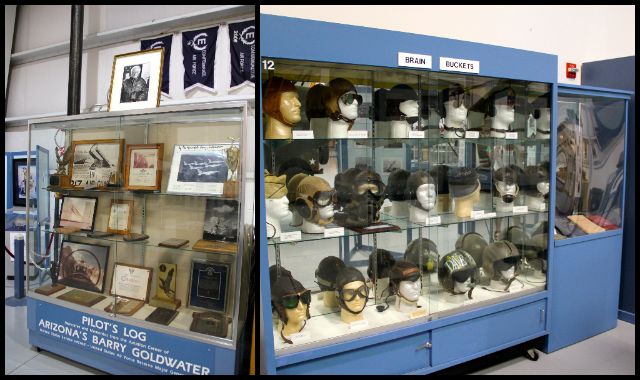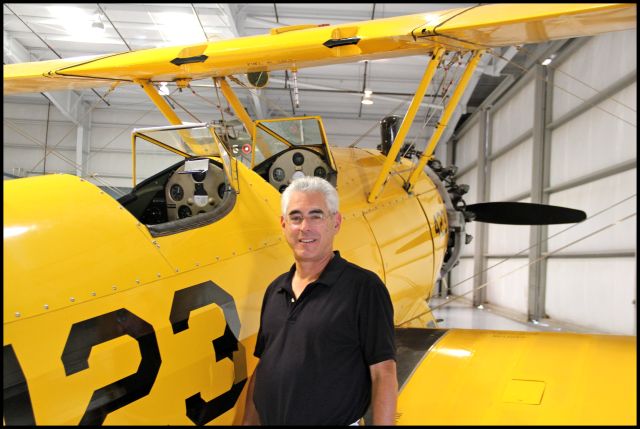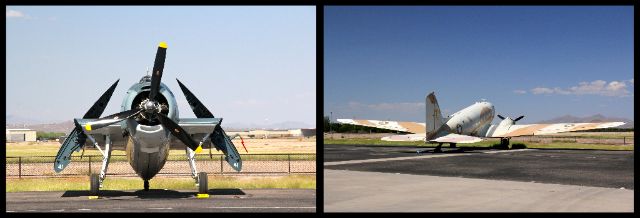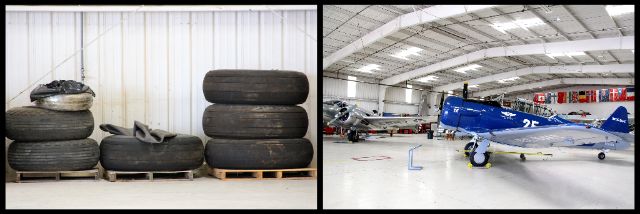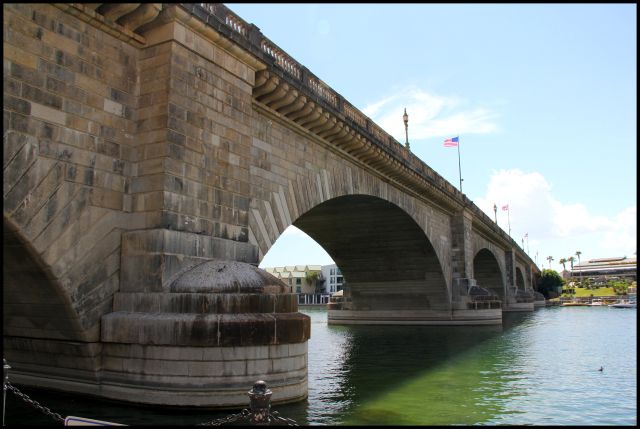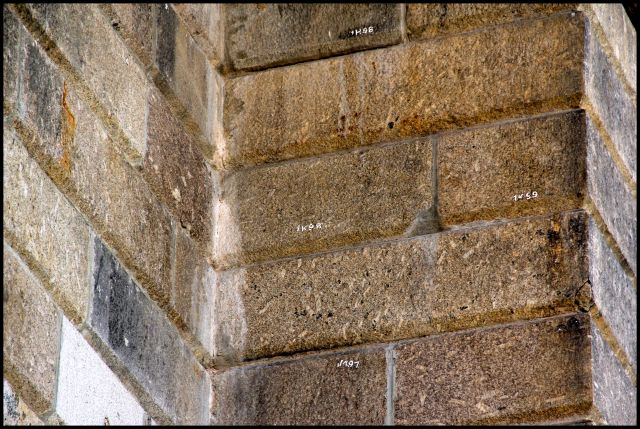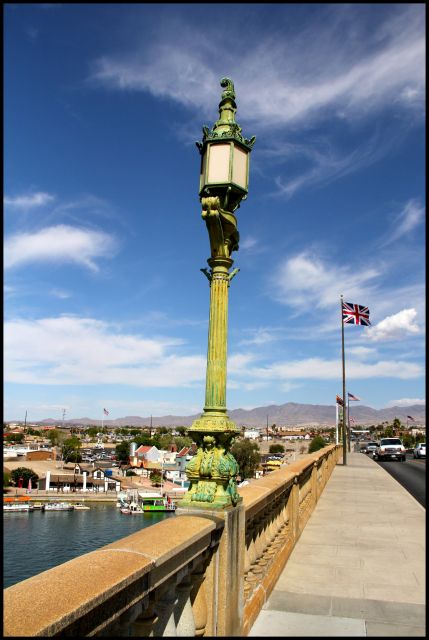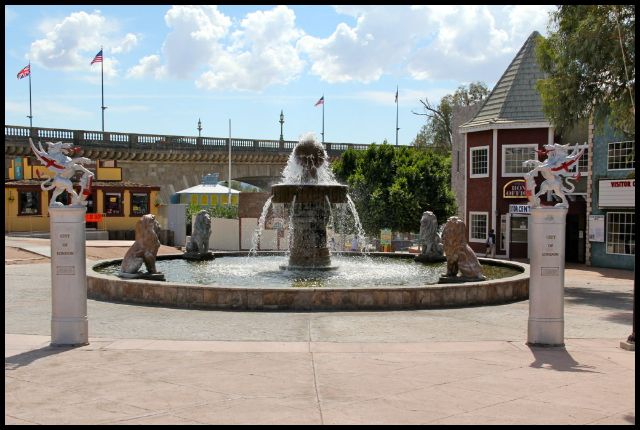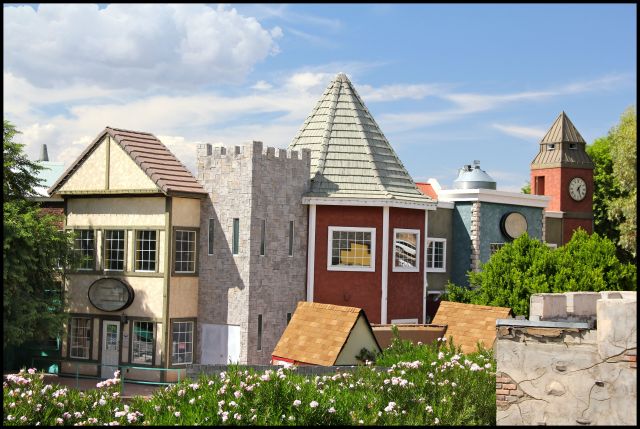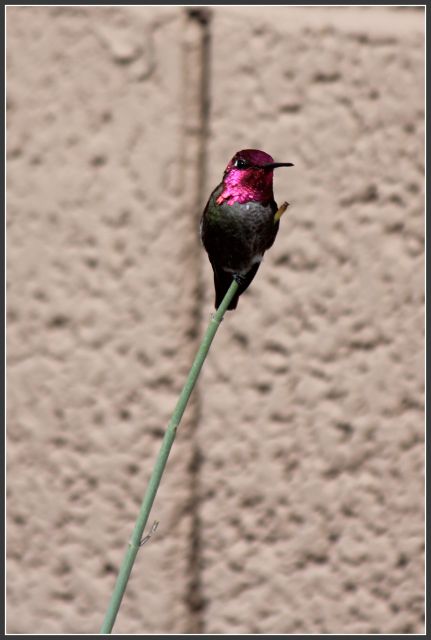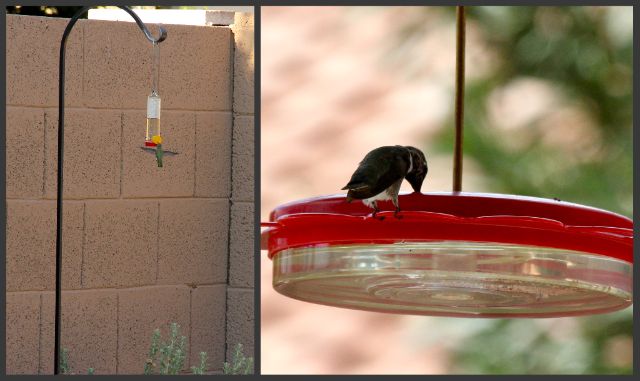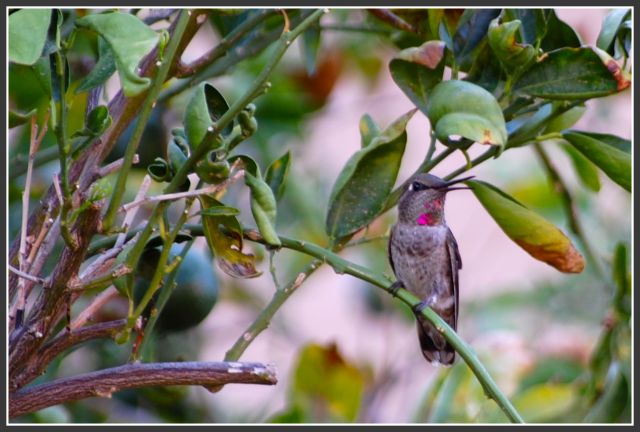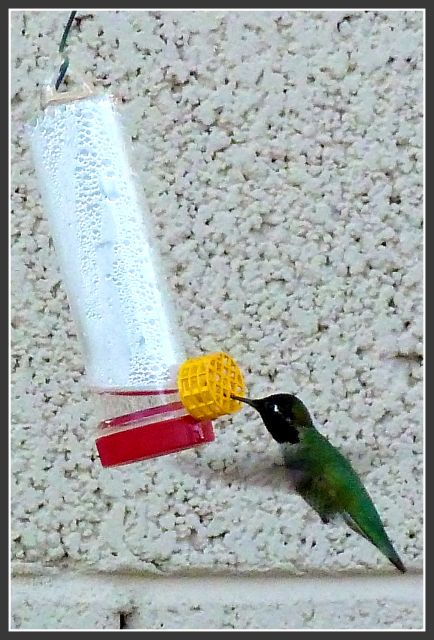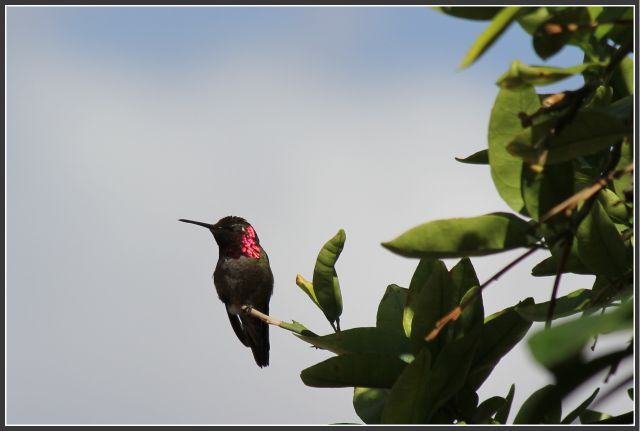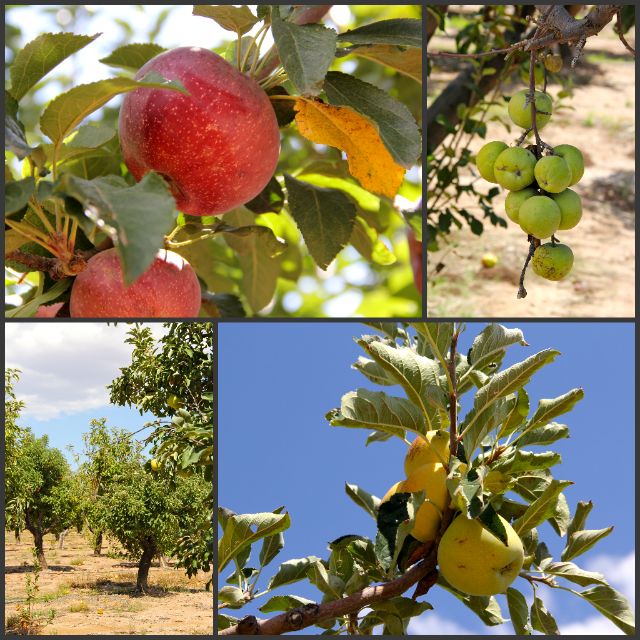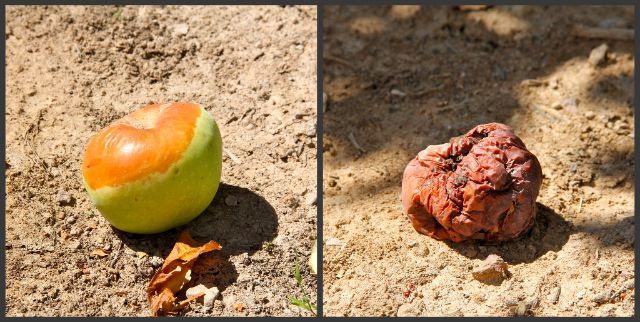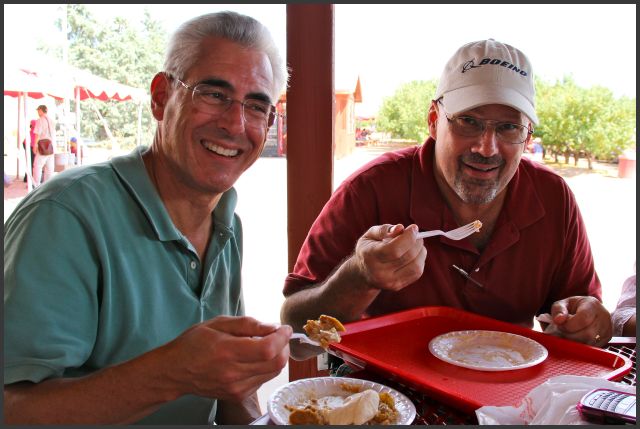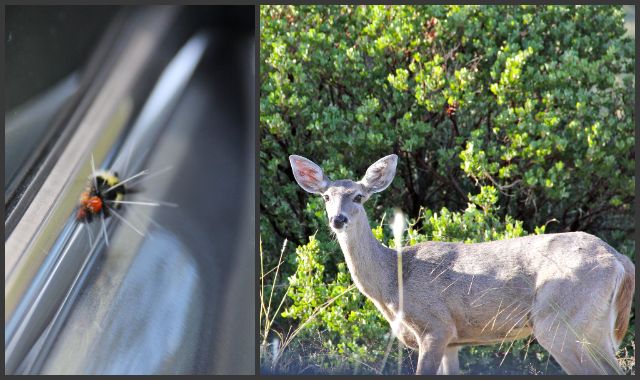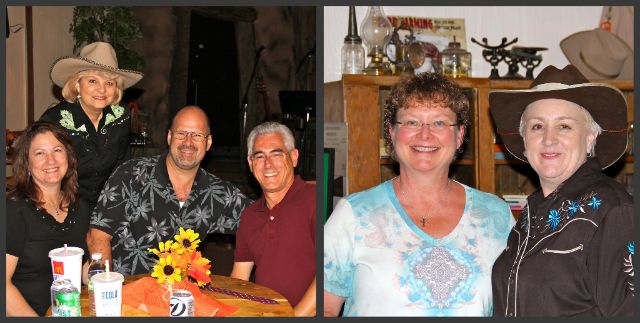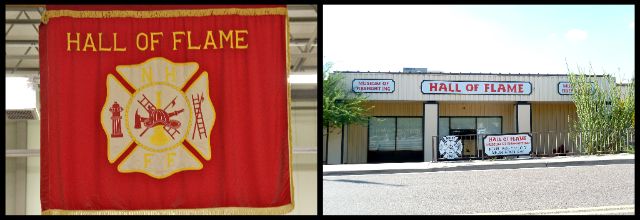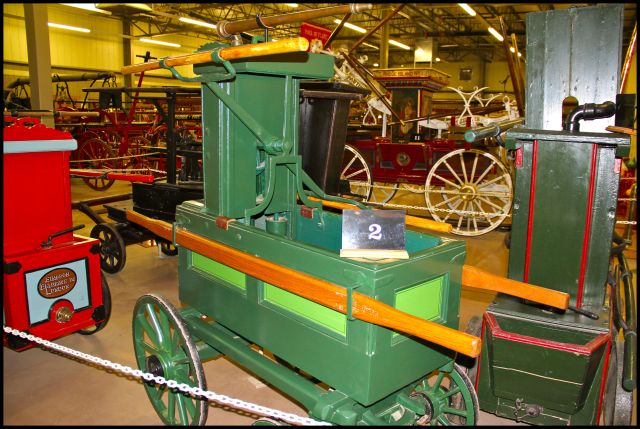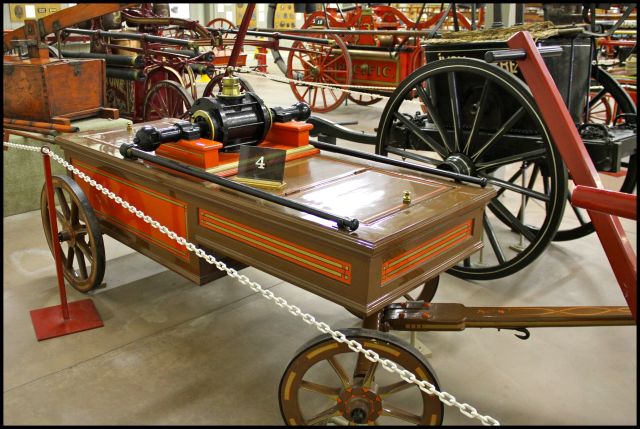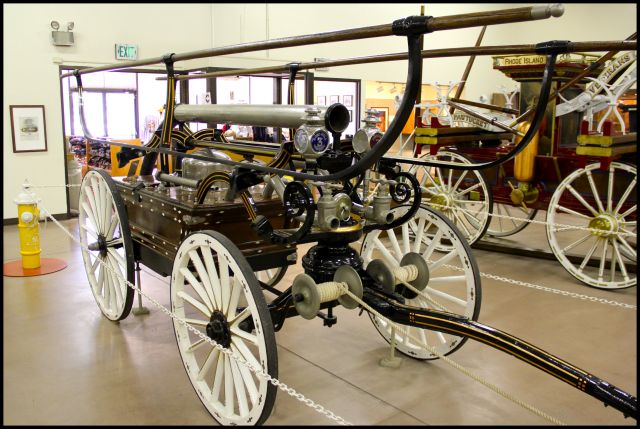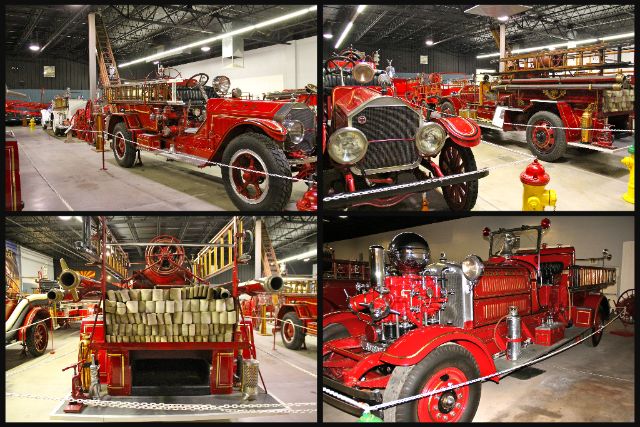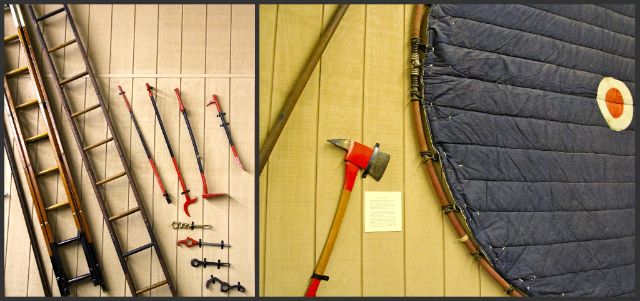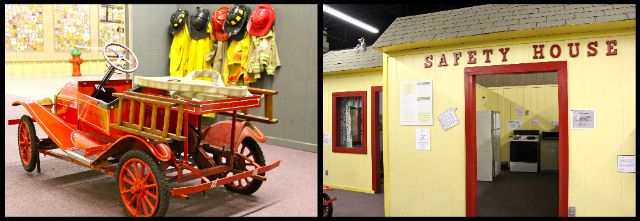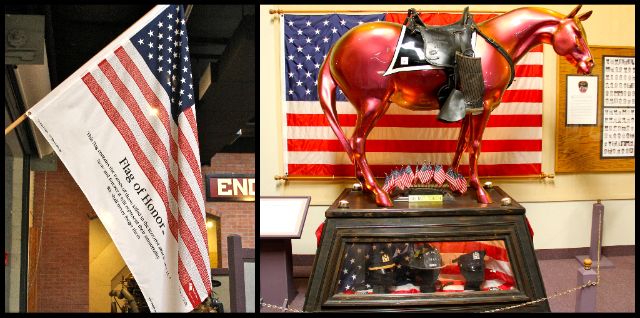Adrenaline- the hormone produced during high-stress or exciting situations, it creates the body's fight or flight response. Some people jump out of perfectly good airplanes to get that "rush." Endorphins- the hormones that make us feel good, also called natural morphine. Some people run marathons to get that "high." One Sunday afternoon last month I experienced both the rush and the high as I crossed two more things off my "100 Things in Arizona" list.
It was a beautiful, warm, but not hot, afternoon when we drove out near Lake Pleasant north of Phoenix. Our destination was the Turf Soaring School so I could ride in a sail plane, or a glider (#81). Three of us were riding (Laurie, Richard and me while Mike stayed on terra firma to take pics!) but we would go alone (with an instructor, of course!). Laurie went first. Then it was my turn with a different instructor and glider.
It was with mixed emotions that I signed the liability waiver and walked out to my blue and white glider. I had seen sail planes gliding through the sky and wondered what it would feel like to fly like a bird - to depend on thermals to take you higher. But I also was concerned about the fact that there is no engine of any kind on a glider. I've always believed that, with my cars, more horsepower is better. There wasn't even a puny pony on the glider.
After a safety briefing and explanation of the controls, I was strapped into my seat in the front and my instructor/pilot, Danny, was seated behind me. The canopy was closed and I locked it into place. The palms of my hands were moist and I could feel my heart racing.
Thinking positively!
Once the canopy is closed and locked, the cockpit begins to heat up so there is no dilly-dallying at this point.
Ready or not, here we go!
Mike shot this video of my take-off... what you can't see is my heart is pounding!
Once we were in the air, the tow plane spiraled upwards pulling us up to 3,000 feet. I could hear the engine of the tow plane and for some strange reason it gave me comfort. Looking out the cockpit window and seeing the tow plane with the tow rope trailing behind it made me think of walking a dog - the kind that has a mind of its own and goes where it wants dragging you behind.
Where would the tow plane take us next?
My one and only job, since I had opted to NOT fly the glider (Laurie and Richard both flew theirs!), was to pull the bright red knob that would release the cable attaching us to the tow plane when Danny told me to do so. This awesome responsibility ratcheted up my adrenaline level as I wondered what would happen if I couldn't pull it hard enough to release the tow rope... or if I mistakenly thought I heard the command, "Release now!" Have I mentioned how fast my heart was racing?
And then, suddenly, I heard Danny calmly telling me to pull the red knob releasing the tow rope - and to remember it would make a loud noise. It easily pulled out making the loud noise as promised and the tow plane banked to the left.
I could see the tow rope fall - the dog was free of the dog-walker!
As the tow plane banked to the left, Danny banked our glider to the right and we went our separate ways.
Strangely, I felt no sense of motion as we banked.
The noise level dropped significantly as we were gliding on layers of air without the tow plane. The ride was smooth and peaceful and even with the smog layer I could see a long ways away. I felt like I was on top of the world, ready for anything. Ahhh... the adrenaline rush!
Danny pointed out roads, mountains and, of course, Lake Pleasant as we flew through the sky at about 40 mph... slower than I drive down Elliot Road in my car!
As we were flying - or, more precisely, gliding - I realized I had three misconceptions about gliding. First, despite not having air conditioning and sitting in a glass bubble on a warm day, it was NOT hot in the cockpit. There are several air vents that open allowing air movement. Second, despite not having an engine, it was not perfectly quiet like I imagined it would be. The air rushing through the aforementioned air vents is a little noisy. And third, despite seeking out thermals the ride is very smooth, unlike a jumbo jet landing on a summer afternoon in Phoenix where thermals create awful turbulence. I did, indeed, feel like a bird flying - or at least what I imagine a bird feels like flying through the sky.
After about 15 minutes, it was time to come down. And then time for Richard's turn!
The runway is gravel so you hear the "crunch, crunch" of the rocks as the plane glides to a stop.
Danny expertly landed our glider - which, incidentally, has only one wheel! When the glider slows to a crawl, one wing drops down to the ground and the ride is over. Would I do it again? Sure. But unlike Laurie, I have no interest in learning how to fly it. Maybe next time she'll take me up!
After everyone returned to solid ground, we went to Mary Coyle Ol' Fashion Ice Cream Parlor (#88) in Phoenix. Richard's family used to go to this old-time ice cream parlor when he was a young boy and it was time for me to discover what the scoop was on this place.
Mary Coyle's Ol' Fashion Ice Cream Parlor came to the valley in 1951 from Akron, Ohio. Their claim to fame was ol' fashion ice cream made with 16% butterfat. Baskin-Robbins and Coldstone, for comparison, contain 14% butterfat while Ben & Jerry's has 16%. They used quality ingredients and made their ice cream on the premises... just like they do today!
The Coyle's sold their business to Bob Kelly, an in-law, in 2005. He continued to build the business until last year (2011) when the failing economy really hit his business. Between declining sales (down 40%) and increasing costs, he was forced to sell or close. At the eleventh hour, long-time customer Mike Stoffey bought the ice cream parlor to preserve a piece of Phoenix's history. He gave the place a much-needed face-lift - repainted, reupholstered booths, updated business systems and added to and retrained the staff.
We enjoyed the many pictures that hung on the wall showing the history of the 61-year old ice cream parlor that continues to serve "ol' fashion ice cream" to Valley residents.
By the time we got settled in our booth, the adrenaline rush I had been feeling faded leaving in its place restlessness, sagging energy and a headache. Ahh... but I knew the antidote for all that - a chocolate sundae and the resulting endorphin high!
I had a chocolate sundae with Ol' Colonial Coffee Ice Cream - or as I call it, "The Endorphin Special!"
While it was a new experience for Mike, Laurie and me, it was a trip down memory lane for Richard. And the ice cream was as good as he remembered - rich and creamy!
Thumb Up or Down: UP!!
Miles Round Trip: 110.3 miles
Miles To Date: 10,243.6 miles
Percent of List Completed: 90%
Date of This Trip: October 7, 2012
